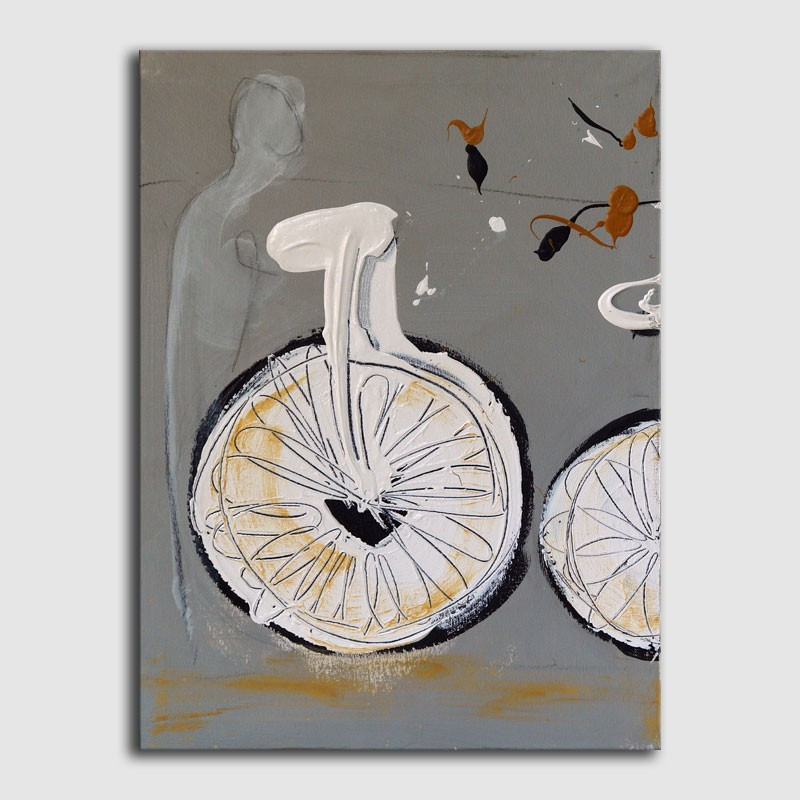

If you’re looking for something with a lot of good aesthetics, but a bit more affordable, you should always check out Etsy. And you’ll be supporting local artists, too, with your purchase. Their prices can be expensive, and the art usually leans toward paintings, but everything listed is usually of great quality. That said, if you’re looking for them online, your best bet might be Great Big Canvas. It could be photography, paintings, drawings, digital art whatever you can think of, there’s probably a diptych for it. You can find diptychs now in, well, pretty much every different medium.

As technology evolves, though, so does art. The early artists carved it on bones, wood, and the like. Where You Can Find Diptychs TodayĪs we stated earlier, diptychs started as a carving-based art. This makes it a great example of one of the key features of early diptychs. It’s currently in the National Gallery in London and has religious imagery. It’s another old one, from around the same time as our previous examples. The last one we’ll go over is the Wilton Diptych. Painted by Jan van Eyck, who you may not have heard of, it depicts a lot of the original pastiches of diptychs- including the often religious content of older pieces.Įven though diptychs are only two canvases, we’ll give you one last example of one- making it three overall, at least in this post. There’s one that dates back to the 1300s, and it’s called the Crucifixion and Last Judgment diptych. If you’re looking for a notable example of an old diptych. And it’s just one of those pieces that, even if you don’t know it by name, you’ve almost certainly seen it (and not just because everyone has seen a photo of Marilyn Monroe). Warhol was one of the key founders of the modern pop art craze. In terms of modern style, one of the most famous diptychs is Andy Warhol’s Marilyn Diptych. Given the staying power of the diptych throughout the eras of art, there are instances of this format in many (and we mean many) different styles. There are tons of good examples of diptychs throughout the centuries, so naming every famous example would definitely be a task - one far too long for this post alone. By being closable, it ensured that no damage would be done to the art. This made them easier to transport from location to location, as they were moved often. Similar to triptychs, diptychs started out as hinged pieces that could be folded like books. They could be carved into all sorts of media - wood, stone, metal, even ivory. So, essentially, they were trying to tell us that you’re getting art, twofold with this style- literally.

The term itself harkens back to Greek the word “dis” means two in that language and “ptykhe” means fold. People living back then often found them in cathedrals, churches, etc. They were used frequently in the middle ages, too. Like their three-pieced counterpart, diptychs go back a long way, as far back as Ancient Rome, in fact. Don’t worry, though, we have you covered with everything and more. In this post, we’re going to go over just what diptychs are, a little bit of their history, and how you can liven up your home decor with them today! We’ll also go over some things to keep in mind if you plan on framing a diptych, as it can be trickier, both technically and aesthetically, than your typical one canvas piece of art. No, to make a diptych, you need to have one piece across two different canvases. Two separate paintings next to each other are just, well, two paintings. There should be a distinction this isn’t just any two pieces next to each other. What exactly is a diptych, though? It’s a piece that spans over two canvases. These are the dual-painting counterpart to triptychs, which we’ve talked about before. There is a special name for this, however, Diptych. Sometimes, you need to expand it! Let it go across multiple canvases, and let the composition take up more than just one frame. Sometimes, an image is just too good to contain in one painting.


 0 kommentar(er)
0 kommentar(er)
